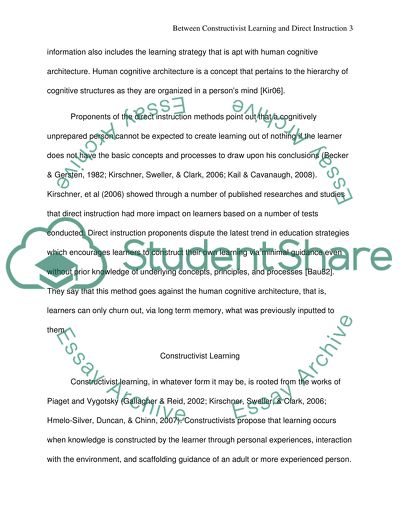Cite this document
(“Between Constructivist Learning and Direct Instruction Essay”, n.d.)
Retrieved from https://studentshare.org/education/1432840-between-constructivist-learning-and-direct-instruction
Retrieved from https://studentshare.org/education/1432840-between-constructivist-learning-and-direct-instruction
(Between Constructivist Learning and Direct Instruction Essay)
https://studentshare.org/education/1432840-between-constructivist-learning-and-direct-instruction.
https://studentshare.org/education/1432840-between-constructivist-learning-and-direct-instruction.
“Between Constructivist Learning and Direct Instruction Essay”, n.d. https://studentshare.org/education/1432840-between-constructivist-learning-and-direct-instruction.


